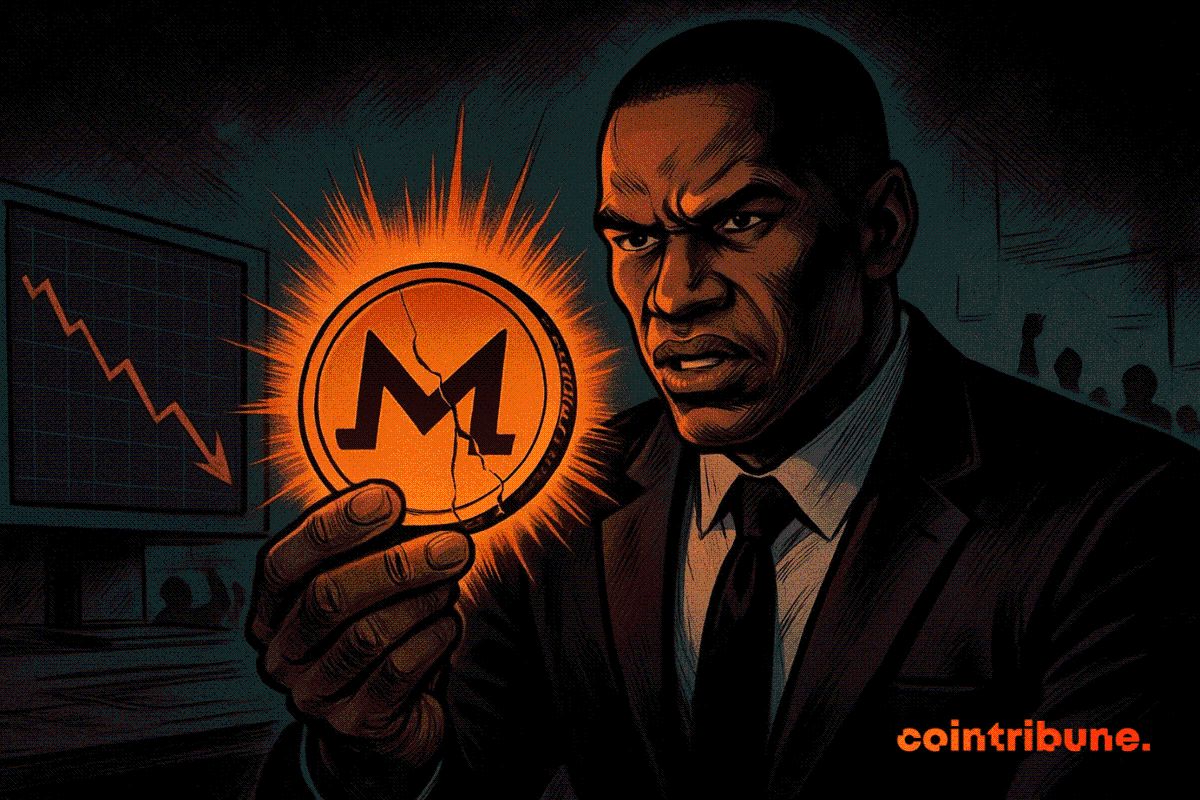Crypto Project U.S. Listing Wave Incoming: How to Achieve a Fair Valuation to Attract Wall Street's Attention?
Ten years from now, cryptocurrency will no longer be the niche market discussed by technology enthusiasts, but will become the foundational technology powering everyday life.
Original Article Title: Blockchain Going Public: the Convergence of Public Markets and Digital Assets
Original Article Author: Paul Veradittakit, Partner at Pantera Capital
Original Article Translation: AididiaoJP, Foresight News
Key Points
· Crypto company IPOs unlock significant value, despite pricing challenges in the market.
· A token transparency framework aims to enhance market clarity, attracting more institutional funds into the token space.
· Stock tokenization is reshaping the financial market, improving efficiency, and expanding global capital access.
Crypto IPOs with Mispricing Challenges
Coinbase's performance since its listing serves as a typical case, revealing the pricing dilemma the public markets face when valuing front-line financial infrastructure innovation. We witnessed COIN skyrocketing 52% from its opening price, reaching a frenzied peak valuation of over $100 billion, only to experience a deep retracement following market sentiment and crypto cycle fluctuations. Each market turn seems to be repricing Coinbase with a new valuation framework, leaving long-term value investors and builders puzzled.
The Circle IPO is another recent example: despite the strong demand for stablecoin exposure in the market, Circle fell short by $1.7 billion on its listing day, becoming one of the most underpriced IPOs in decades. This is not just a peculiarity of the crypto industry but a structural pricing challenge that new-age financial companies face when debuting on the public markets.
The crypto industry needs a more adaptive price discovery mechanism, one that can bridge the gap between institutional demand and the platform's true value during market cycle transitions.
New Valuation Framework
The crypto market still lacks a standardized disclosure system similar to an S-1 filing. The mispricing of crypto IPOs demonstrates that when underwriters fail to map tokenomics to GAAP (Generally Accepted Accounting Principles) checklists, they either overestimate due to hype or underestimate due to fear. To address this gap, Cosmo Jiang from Pantera Capital collaborated with Blockworks to introduce the "Token Transparency Report," which includes 40 metrics, transforming protocol opacity into IPO-level clarity. This framework requires founders:
· Calculate Revenue for Each Actual Entity
· Disclose Annotation-Labeled Internal Wallet Ownership
· Submit Token Holder Reports Quarterly (Covering Treasury, Cash Flow, and KPIs)
· Disclose Market Maker or CEX Partnership Details for Investors to Assess Liquidity Risk Pre-Listing
How Does This Framework Enhance Valuation?
· Reduced Discount Rate: Clear Circulating and Unlocking Data brings the market closer to intrinsic value pricing
· Expanded Buyer Base: Institutional investors previously blocked by "black box" agreements can participate in certified projects
· Regulatory Alignment: The SEC's Crypto Issuance Guidelines released in April 2025 align closely with this framework, with most paperwork completed upon project application, accelerating approval and narrowing the public-private valuation gap
The latest Ethereum upgrade perfectly illustrates the difference between blockchain and traditional enterprise: each new block burns a portion of ETH (similar to automatic stock buybacks), while providing stakers with a 3-5% yield (akin to stable dividends). The correct approach is to consider "circulating supply minus burned supply" as free cash flow, and the discounted valuation derived from it aligns with on-chain ecosystem valuation, reflecting more than just the balance sheet. However, scarcity is just the first step; on-chain activities tell the complete story: stablecoin inter-wallet movement, bridging activities, DeFi collateral flows, and other real-time data form the fundamental support for token prices.
A comprehensive valuation approach should be based on traditional enterprise cash flow, using on-chain revenue (staking yield minus fee burn) as a core element for verification. By monitoring staking yields, real-time traffic metrics, and scenario analyses, the valuation method can stay up-to-date, attracting traditional funds into the space.
Stock Tokenization Optimizes Trading Experience
Pantera Capital supports the RWA (Real World Assets) tokenization field through investing in Ondo Finance. Recently, we jointly launched a $250 million fund with Ondo to drive RWA development. As Robinhood announced stock tokenization, this field is rapidly maturing. Last week, Robinhood introduced tokenized stocks on its platform, highlighting a key contradiction in this new financial technology space: permissionless finance vs. permissioned finance, and the future role of DeFi.

Permissionless stock tokenization enables anyone to trade on a public chain at any time, opening the U.S. capital market to global investors but also potentially fostering insider trading and manipulation. While the KYC-based permissioned model maintains market fairness, it restricts the core advantage of global access for tokenized stocks.
We believe Tokenized Stocks will reshape DeFi. The original mission of DeFi was to build an open, programmable financial primitive, but it mainly served native crypto tokens. The introduction of Tokenized Stocks unlocks a whole new use case. The structure of Tokenized Stocks will determine the next wave of users and liquidity ownership:
· In a permissioned model, traditional institutions with user relationships like Robinhood drive the front end, while DeFi protocols can only compete for liquidity in the backend
· In a permissionless model, DeFi protocols can control both users and liquidity, creating a truly open global market
The Hyperliquid HIP-3 upgrade perfectly embodies this vision: by staking protocol tokens to configure an oracle, leverage, and funding parameters, anyone can create perpetual contract markets for Tokenized Stocks. Robinhood and Coinbase have already launched stock perpetual contracts in the EU, but their model is still more closed and less composable than DeFi. If it stays on an open trajectory, DeFi will become the default venue for programmable, borderless financial engineering.
Bitcoin Market Cap Surpasses Google
By 2025, Bitcoin jumps to the fifth-largest global asset with a market cap of $2.128 trillion, surpassing Google. Driven by institutional adoption, approval of spot Bitcoin ETFs, and clear regulation, Bitcoin breaks $106,000. This milestone event proves that programmable money has found a clear product-market fit.
Looking Ahead
As Dan Morehead puts it, cryptocurrency investments offer returns that traditional markets cannot match. This is why the traditional public markets and the crypto space are accelerating their convergence in finance and structure:
· Digital asset treasuries and crypto IPOs provide public markets with crypto financial exposure
· Stablecoins and tokenization leverage crypto technology to optimize traditional market structures
In ten years, crypto will no longer be a niche market discussed by tech enthusiasts but will become a core technology underpinning everyday life.
Disclaimer: The content of this article solely reflects the author's opinion and does not represent the platform in any capacity. This article is not intended to serve as a reference for making investment decisions.
You may also like
Can the 40 billion bitcoin taken away by Qian Zhimin be returned to China?
Our core demand is very clear—to return the assets to their rightful owners, that is, to return them to the Chinese victims.

Bitcoin Surges but Stumbles: Will Crypto Market Recover?
In Brief Bitcoin fails to maintain its position above $93,000 and faces heavy selling pressure. Altcoins experience sharp declines, with some showing mixed performance trends. Shifts in U.S. spot Bitcoin ETF flows highlight cautious investor behavior.

Qubic and Solana: A Technical Breakthrough by Studio Avicenne

